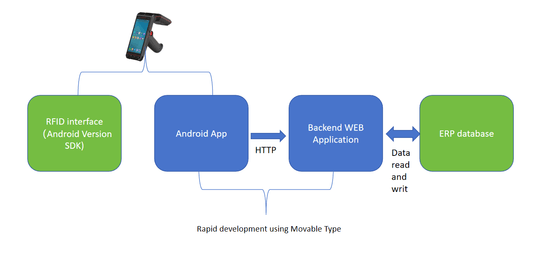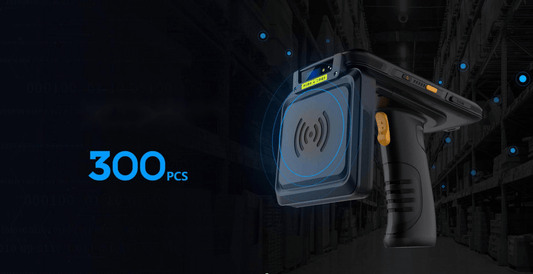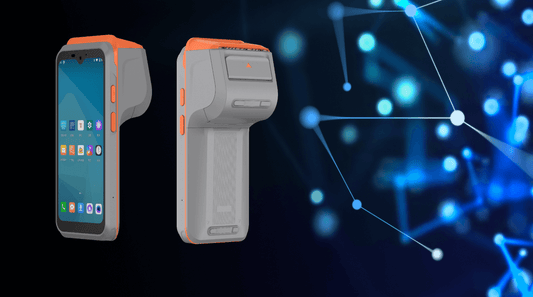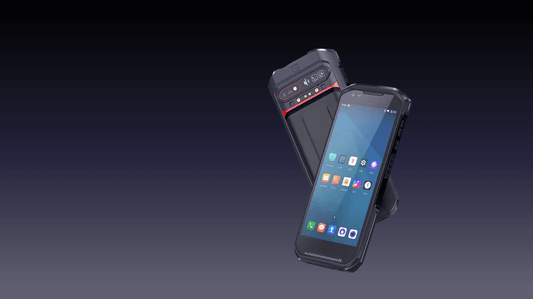Smart POS Market Growth: Trends & Predictions (2025)
The Point of Sale (POS) industry has undergone a massive transformation over the past decade, evolving from traditional cash registers to sophisticated Smart POS systems. These advanced solutions integrate payment processing, inventory management, customer relationship management (CRM), and analytics into a single platform. As we approach 2025, the Smart POS market is poised for significant growth, driven by technological advancements, changing consumer behavior, and the increasing demand for seamless transactions.
In this blog, we will explore the latest trends shaping the Smart POS market and provide key predictions for 2025.
Current State of the Smart POS Market
Smart POS systems are no longer just about processing payments—they have become central to business operations across retail, hospitality, healthcare, and other industries. According to recent market research, the global Smart POS market is expected to grow at a CAGR of over 15% from 2023 to 2025, reaching a valuation of $30+ billion by 2025.
Several factors contribute to this rapid expansion:
-
Rise in cashless transactions (accelerated by the COVID-19 pandemic)
-
Adoption of cloud-based POS solutions for real-time data access
-
Integration of AI and machine learning for personalized customer experiences
-
Growing demand for omnichannel retail solutions
Key Trends Driving Smart POS Market Growth
1. Contactless and Mobile Payments Dominate
The shift toward contactless payments continues to accelerate, with NFC (Near Field Communication) and mobile wallets (Apple Pay, Google Pay, Samsung Pay) becoming mainstream. By 2025, over 60% of POS transactions are expected to be contactless, pushing businesses to upgrade to Smart POS terminals that support these payment methods.
2. AI-Powered Analytics for Business Optimization
Smart POS systems now leverage AI-driven analytics to provide actionable insights, such as:
-
Sales forecasting
-
Customer purchase behavior analysis
-
Inventory optimization
-
Dynamic pricing strategies
Retailers using AI-enhanced POS systems can improve decision-making and enhance profitability.
3. Cloud-Based POS Solutions Gain Traction
Cloud-based Smart POS systems offer scalability, remote management, and real-time synchronization across multiple locations. Small and medium-sized businesses (SMBs) are increasingly adopting Software-as-a-Service (SaaS) POS models due to lower upfront costs and seamless updates.
4. Integration with E-commerce and Omnichannel Retail
Consumers now expect a seamless shopping experience, whether online or in-store. Smart POS systems are integrating with:
-
E-commerce platforms (Shopify, WooCommerce, Magento)
-
Buy Online, Pick Up In-Store (BOPIS) solutions
-
Loyalty programs and CRM tools
This trend will continue to grow as retailers strive for a unified commerce approach.
5. Enhanced Security with Biometric Authentication
As cyber threats increase, Smart POS providers are implementing biometric authentication (fingerprint, facial recognition) and tokenization to secure transactions. Compliance with PCI-DSS and EMV standards remains a priority, ensuring safer payment processing.
6. Subscription and Pay-As-You-Go Models
Many Smart POS vendors are shifting from one-time hardware purchases to subscription-based models, making advanced POS technology more accessible to small businesses.
Predictions for the Smart POS Market in 2025
1. Smart POS Will Replace Traditional Terminals Completely
By 2025, legacy POS systems will become obsolete, with Smart POS terminals dominating due to their versatility, connectivity, and advanced features.
2. Voice-Activated and IoT-Enabled POS Systems Will Emerge
Voice commerce (via Alexa, Google Assistant) and IoT-connected POS devices will enable hands-free transactions, especially in restaurants and drive-thrus.
3. Blockchain for Secure and Transparent Transactions
Some Smart POS systems may integrate blockchain technology to enhance payment security and reduce fraud risks.
4. Hyper-Personalized Shopping Experiences
Using AI and big data, Smart POS systems will offer personalized discounts, product recommendations, and loyalty rewards in real time.
5. Expansion in Emerging Markets
Countries in Asia-Pacific, Latin America, and Africa will see rapid Smart POS adoption due to increasing smartphone penetration and digital payment infrastructure.
Conclusion
The Smart POS market is evolving at an unprecedented pace, driven by innovation and changing consumer expectations. By 2025, businesses that embrace these next-gen POS solutions will gain a competitive edge through faster transactions, deeper customer insights, and streamlined operations.
For retailers, restaurants, and service providers, investing in a future-ready Smart POS system is no longer optional—it’s a necessity for growth in the digital economy.
Are you using a Smart POS system yet? How has it transformed your business? Share your thoughts in the comments!
No comments












0 comments